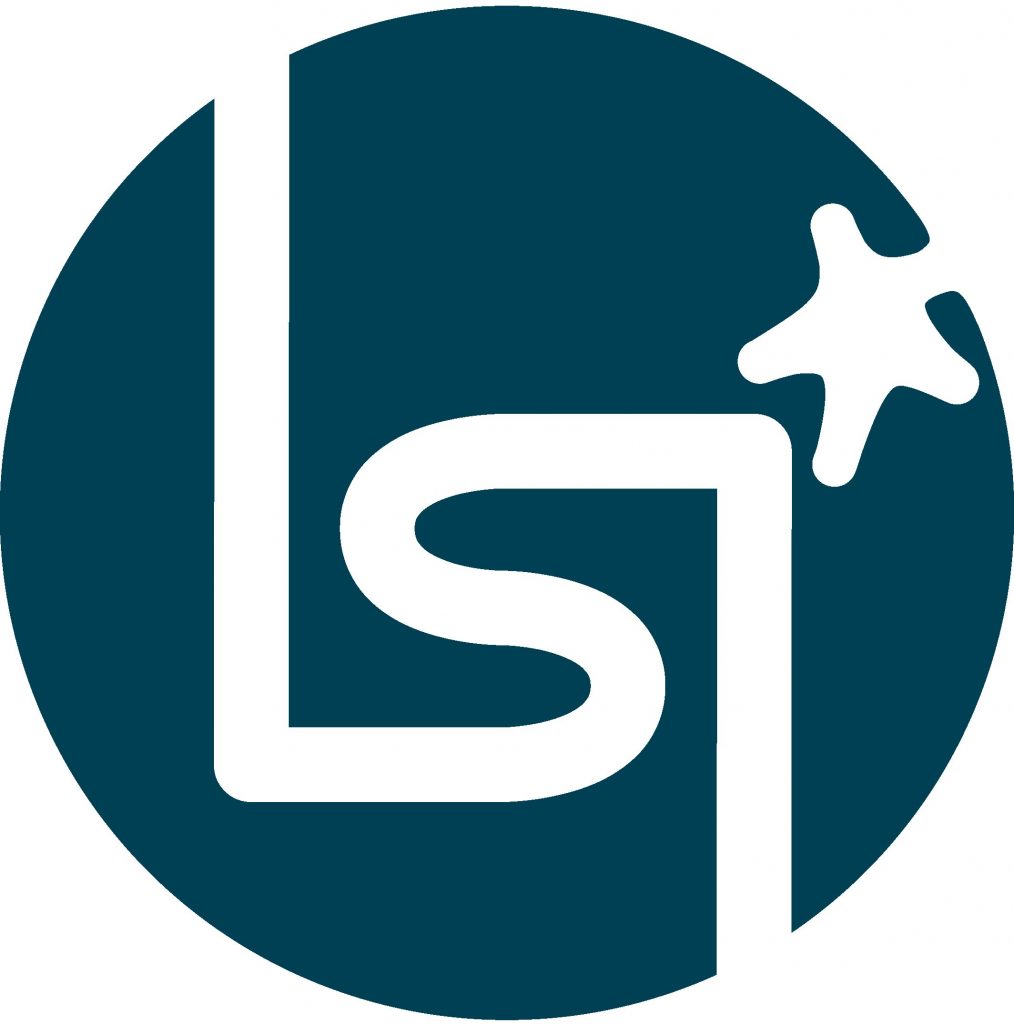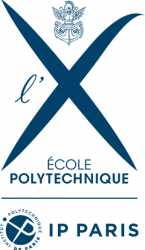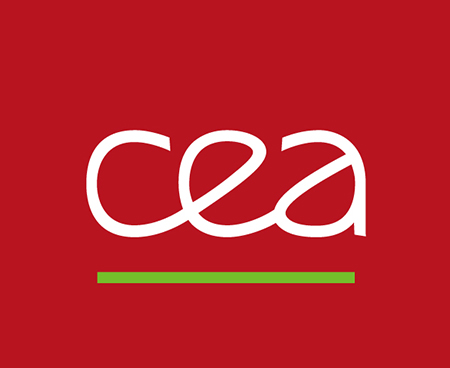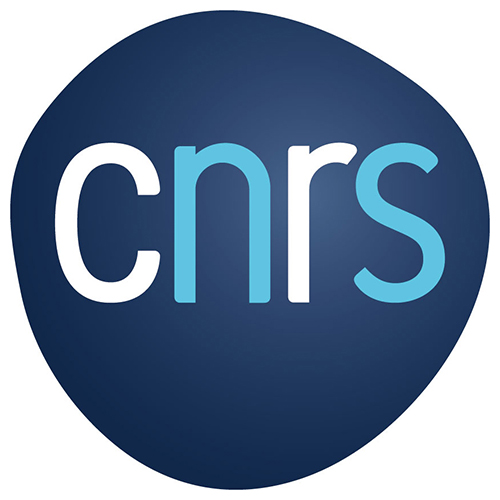LSI facility
SIRIUS
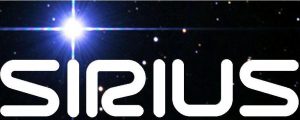
Introduction
SIRIUS is an electron accelerator platform of the LSI Laboratory which offers the possibility to irradiate with high electron energy/current and low temperature. Since it came into operation, the accelerator is used as a powerful means of studying, analysing and designing a wide range of materials.
Notice that financial participation is due for the irradiations and contact the facility at sirius@polytechnique.fr before submitting your EMIR&A project.
ACCELERATOR
The important particularity of SIRIUS :
The NEC Pelletron accelerator of adjustable energy (150 KeV – 2.5 MeV) and current (10 nA – 50 µA).
The accelerator is equipped with several irradiation set-ups which allow measurements even at low temperatures (20 K).
The two beamlines of the platform allowed to place the beam in two different experiment in a short time.
ANALYTIC IN-SITU METHODS
![]() Some in situ measurement are available on SIRIUS
Some in situ measurement are available on SIRIUS
Electrical : conductivity, Hall effect, I-V curves
Optics : absorption, photoluminescence (with time resolution), cathodoluminescence
Structural : Raman
Magnetic : Electron Paramagnetic Resonance (post-irradiation, in situ under development)
Application fields :
- Glasses
- Polymers
- Semiconductors
- Ceramics
- Metal
- Superconductors
- Nuclear fuel
- Solid state physics
- Solar cell
- Cements
- others
Contact
LSI
Ecole Polytechnique – Laboratoire des Solides Irradiés
F-91128 Palaiseau
http://www.lsi.polytechnique.fr
Director :
Michèle Raynaud
+ 33 1 69 33 45 20
Contact person :
Antonino ALESSI
tel : + 33 1 69 33 45 22
For your coming : Control barriers are installed at entrances to the campus. Visitors should go to the main entrance to obtain a temporary pass. The laboratory is under control access. Visitors without badges must phone their partner.
For more information See the LSI website :
References
Nodal superconductivity in miassite Rh17S15
H. Kim, M. A. Tanatar, M Kończykowski, R. Grasset, U. S. Kaluarachchi, S. Teknowijoyo, K. Cho, A. Sapkota, J.M. Wilde, M.J. Krogstad, S L.Bud’ko, P.M.R. Brydon 5, P.C.Canfield, R. Prozorov Communications Materials 5, 17 (2024).
A multiparametric study on the behavior of mesoporous silica under electron irradiation
J. Lin, C. Grygiel, A. Alessi, S. Dourdain, J. Causse, N. Ollier, O. Cavani, C. Rey, G. Toquer, X. Deschanels, Materialia 32 101903 (2023).
β-rays induced displacement damage on epitaxial 4H-SiC revealed by exciton recombination
F. Migliore, A. Alessi, F. Principato, S. Girard, M. Cannas, F.M. Gelardi, A. Lombardo, D. Vecchio, A. Brischetto, S. Agnello, Appl. Phys. Lett. 124, 042101 (2024).
Silver Photochemical reactivity under electronic irradiation of Zinc-Phosphate and Sodium Gallo-Phosphate glasses
F. Alassani, J. C. Desmoulin, O. Cavani , Y. Petit, T. Cardinal, N. Ollier Journal of Non-Crystalline Solids 600 122009 (2023)
Molecular dynamics between amorphous and crystalline phases of e-beam irradiated piezoelectric PVDF thin films employing solid-state NMR spectroscopy
N. Potrzebowska, O. Cavani, S. Kazmierski, J.-E. Wegrowe, M. J. Potrzebowski, M.-C. Clochard, Polymer Degradation and Stability 195 109786 (2022).
Bulk evidence of anisotropic s-wave pairing with no sign change in the kagome superconductor CsV3Sb5
M Roppongi, K Ishihara, Y Tanaka, K Ogawa, K Okada, S Liu, K Mukasa, Y. Mizukami, Y. Uwatoko, R. Grasset, M. Konczykowski, B. R. Ortiz, S. D. Wilson, K. Hashimoto, T. Shibauchi, Nature Communications 14 667 (2023)
